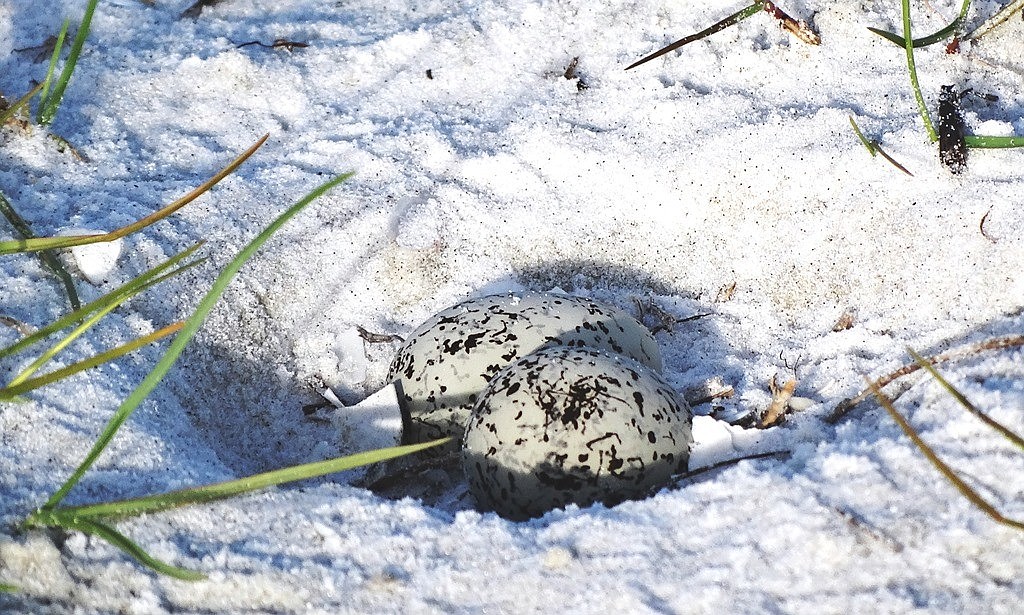- April 24, 2024
-
-
Loading

Loading

Shorebirds on Siesta Key, particularly the small and fragile snowy plovers, face a variety of threats from wildlife during nesting season, which runs from March through August. But, humans can be the most devastating, as shown by an incident Monday, that left nests on the barrier-island beach disturbed or destroyed — for the second time in five days.
An all-terrain vehicle (ATV) or motorcycle tore through the nesting areas of least terns, black skimmers and snowy plovers Monday night, on the north end of Siesta beach, according to a June 24 news release from the Sarasota Audubon Society. Through both reported incidents of vandalism, the unidentified suspect destroyed 13 least tern eggs and caused all of the black skimmers in the colony of more than 150 coastal birds abandoned their nests, while the snowy plovers remained on their nests despite the disturbance.
“We are asking the public for any information about the vandalism to this protected area,” said Sarasota Audubon Beach Steward Coordinator Bob Luckner, who is also a member of the Siesta Key Association. “This is the second time that someone has driven a vehicle through this large colony of nesting least terns, black skimmers and snowy plovers.”
The Sarasota Audubon Beach Nesting Bird Program, which hatched in 2006, trains volunteers to flag these important nesting areas and Beach Stewards monitor them from March through August.
The popularity of Siesta Beach among tourists, as well as holidays during nesting season such as the Fourth of July and Memorial Day, raises the risk of beachgoers inadvertently damaging shorebird nests and interfering with the feeding of hatchlings.
Sarasota Audubon advises that beachgoers keep a distance of 30 to 50 feet from buffered areas to allow the hatchlings unimpeded movement.
“It’s clear that the more beach stewards we have, the better the chance of success of our snowy plover chicks successfully fledging to adulthood,” said Jeanne Dubi, Sarasota Audubon president, in a March interview with the Sarasota Observer. “Our program trains 20 to 30 beach stewards each year to monitor nests and be ‘chick checkers.’”
Penalties for malicious acts against snowy plovers can result in up to $50,000 in fines and one year in prison under the Endangered Species Act. Even a poor football toss that disturbs a nesting area can result in up to six months in jail or $15,000 in fines, according to the U.S. Fish and Wildlife Services website.
Anyone with information about the incidents should contact the Florida Fish and Wildlife Conservation Commission at 888-404-FWCC (3922) or the Sarasota County Sheriff’s Office at 941-316-1202.